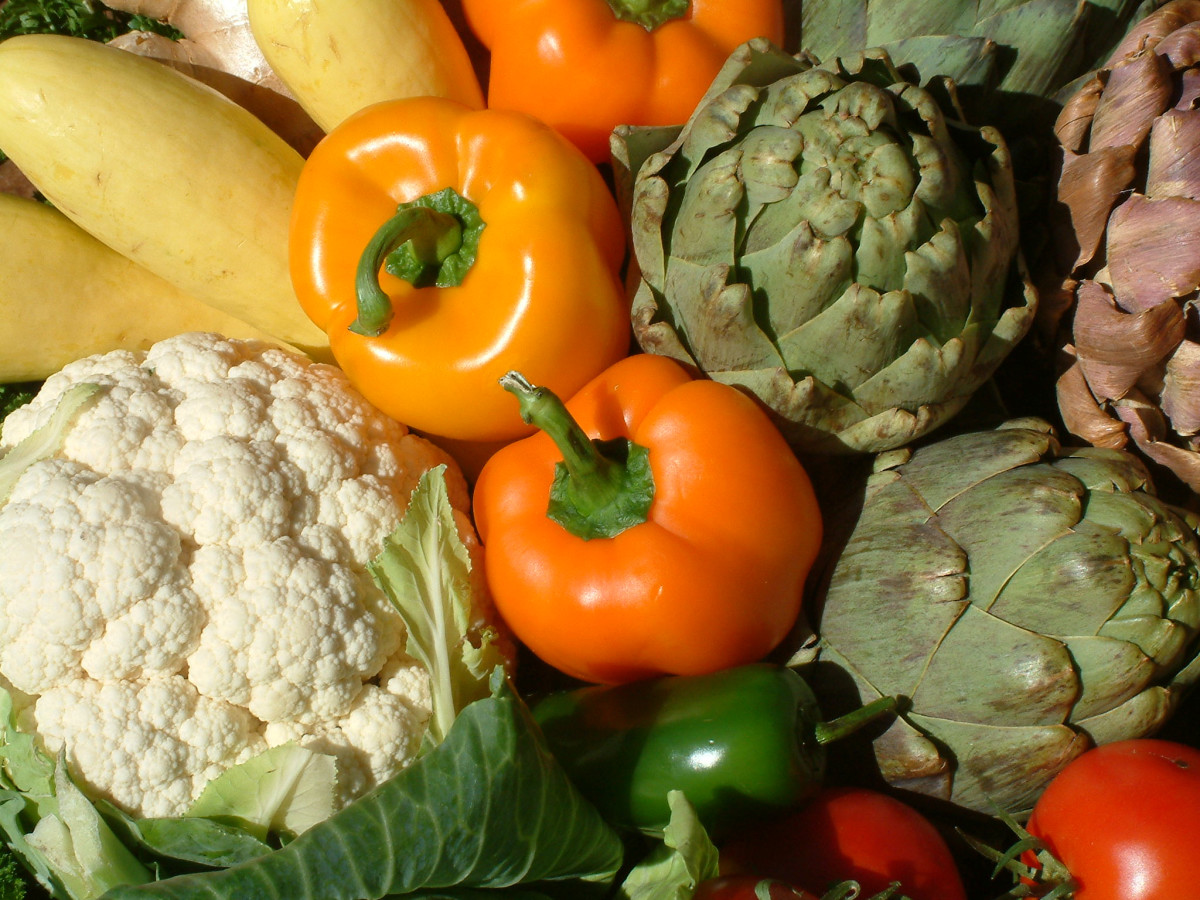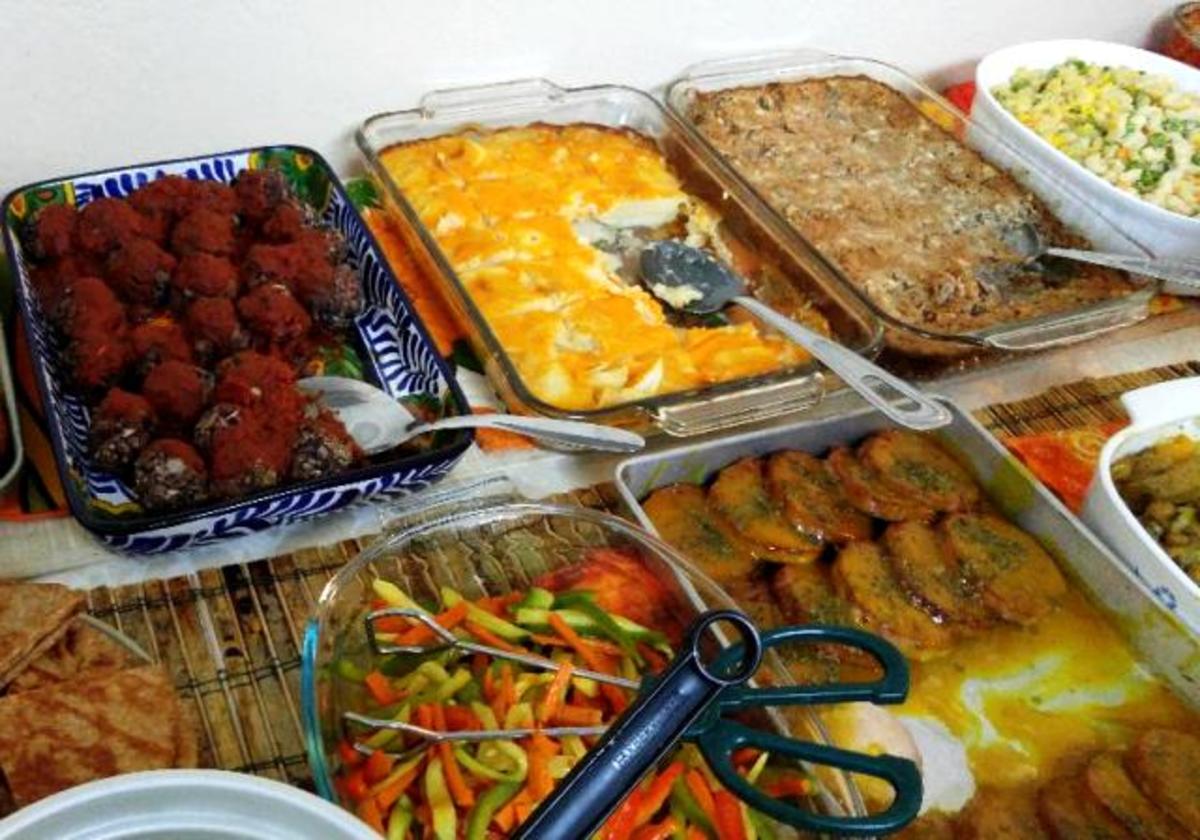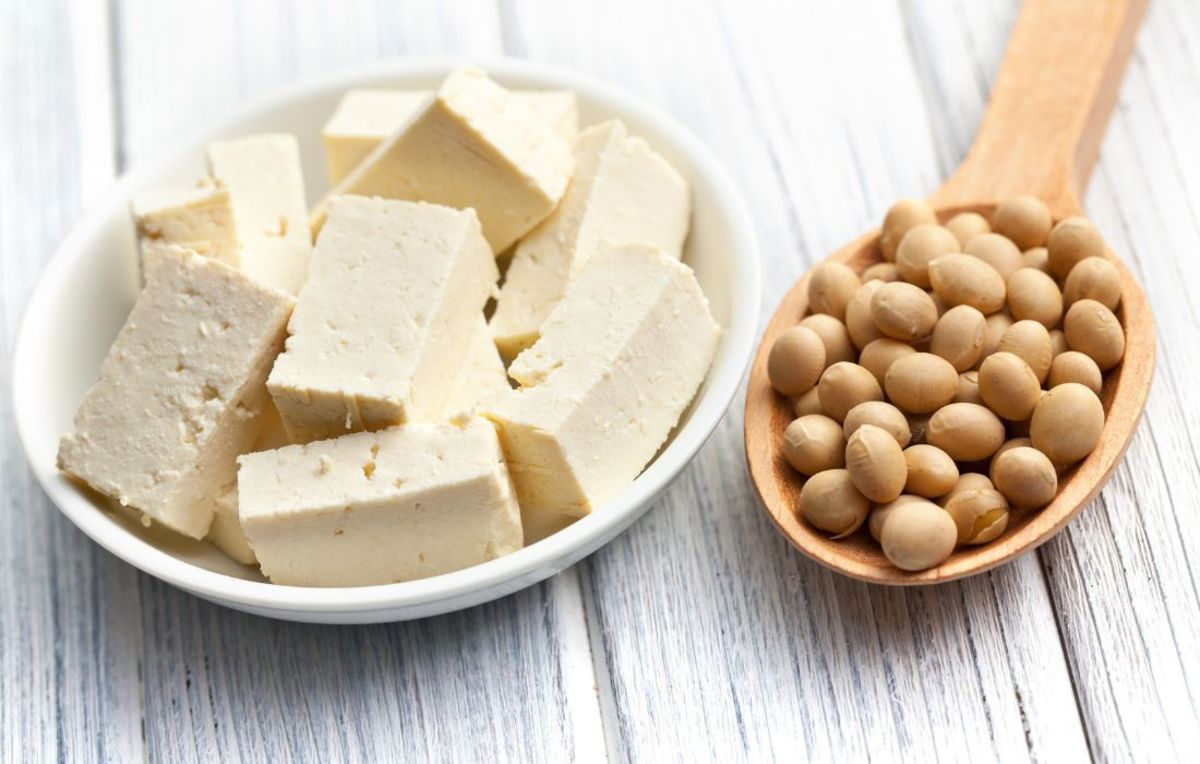Transitional Program to Becoming Vegetarian
Comparing differences
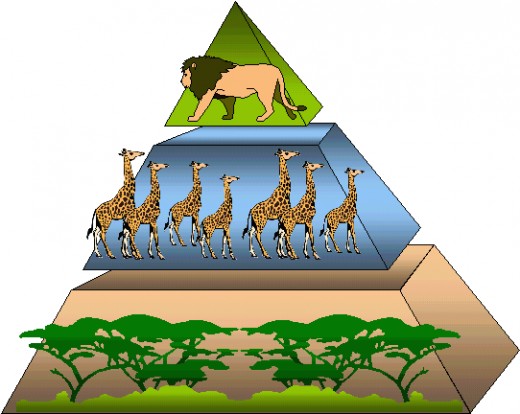
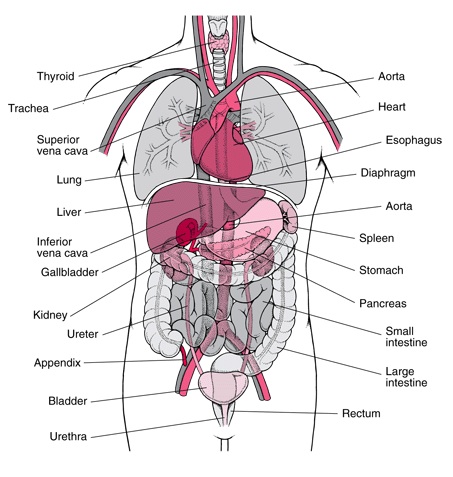
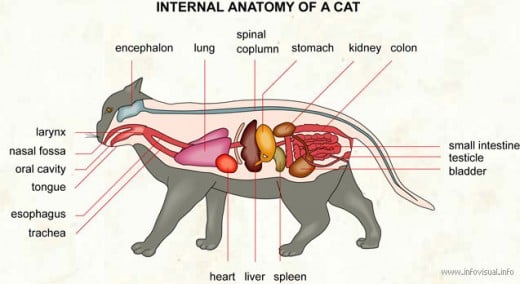
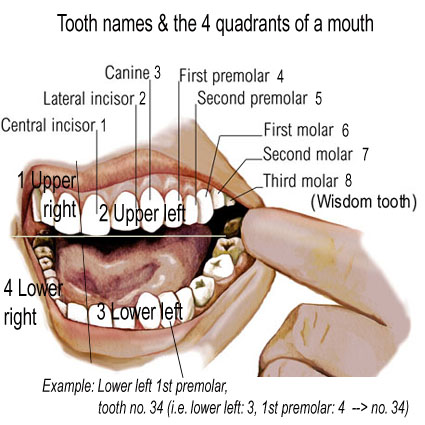
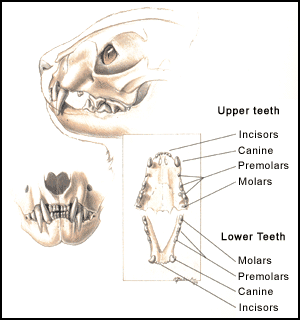
Becoming vegetarian can be an eclogical and economically sound practice
For one reason or another, some people may wish to become vegetarian. Let us look at the reasons why and how this can be done without a shock to your system that will send you scurrying back for a steak or pork ribs. What is proposed is a transitional program that is gentle on the aspirant and will result in complete success in self transformation from meat eating to total vegetarian or even vegan.
There are several reasons why one should aspire to vegetarianism as a lifestyle. These include the facts and ideas such as;
Less impact on the environment
Economic; individual and collective
Efficient and effective use of land and sea resources
The structure of the teeth and internal organs of human beings
Baby, childhood and adult needs
Reasons of belief
Consideration for the animals that are used for food
A healthier society
biological magnification
Localizing production of food
Vegetarians have less impact on the environment, Consider that it takes about 100 pounds of grains to produce 10 pounds of meat. So the ground space to grow meat is ten times larger than for a comparable amount of vegetables, fruit, nuts, grains and the like. This of course feeds people directly from the land rather than indirectly through an animal, usually vegetarian itself. This means that the ground area to raise 10 pounds of meat can raise 100 pounds of vegetarian fare which will feed ten times the number of people than meat alone. Even meat eaters eat vegetables, fruit, nuts, grains, fungi and legumes. So the real figure lies in the region of complex analysis as to who much of a land for production gain is real. But, the figure is greater than one to one, and less than ten to one.
Economically in the collective sense for the health of the planet, vegetarianism makes sense as many vegetarian foods can be grown locally. With the exception of India, we don't have cows wandering the streets to get milk from. For North America and Europe, having cows, pigs, sheep, ducks, geese, chickens and other animals in high rise apartments is just not feasible. Instead, we see the growing practice of factory farming in these countries where all of these animals are raised in crammed cities of their own. These are shipped from their to the cities when they are ready to be slaughtered and butchered for their meat. This is then shipped to stores for sale and all of this requires a tremendous amount of fossil fuels that add greenhouse gasses to the atmosphere. On top of this, there is the fact that gassy cows are adding copious amounts of methane to the atmosphere, which itself is a greenhouse gas.
Individually, one save by being vegetarian by augmenting the diet with wild edibles such as nuts, berries, mushrooms and wild vegetables. On addition, a garden can be grown. In a city setting, it would be hard to raise a hog or a bull. Many cities allow people to have a few chickens for egg production. Turning more land over to growing of vegetables and city streets to nut and fruit trees would go a long way to maximizing land efficiency and will feed more vegetarians.
Consider the human anatomy versus that of a meat eater. If we examine animals that eat meat, the first thing we notice is that their teeth are largely conical and/or serrated for the efficient capture and cutting of meat once captured. The jaws are also constructed to cut bone and sever ligaments. Meat eaters in the wild tend to have claws and a short gut. Vegetarian animals on the other hand, have molars for grinding vegetables, nuts, and grains. They also have complex stomachs and a long gut to allow them to process cellulose in vegetables in order to get the nutrients. Looking at human beings, we find mainly molars and a long gut. In some cases there will be pronounced incisors which look a little like the conical teeth of a big cat or a dog, but not as much emphasized. Human teeth are made for cutting and grinding more than severing and slicing. Molars allow for the efficient grinding of most vegetarian fare into an easily digested mass. Meat eating animals will swallow chunks of meat the teeth cut off from the body of the host.
No adult in the animal world ingests milk after they get their first functioning teeth. People are unique in that they will drink milk well into adulthood. Not all people do or can as many people are lactose intolerant and can't digest milk once they have teeth. By the onset of adulthood, all animals and many humans have abandoned milk for the adult diet of solid food foraged from the vegetable kingdom or the animal kingdom or a little of both like bears.
Many people chose vegetarianism on account of belief. Among these are the Hindus and Buddhists. There choice is based on religious beliefs and the ideas that ancestors can reincarnate into animal form. Thus the consumption of animal flesh is akin to cannibalism, which is taboo. Belief also works its way into the life of a person when the consider that vegetarianism is a healthier life style than eating meat. Given the way meat is raised in the main today, this is not much of a stretch of the imagination. Many animal rights people are against eating of meat out of consideration for what they see as another sentient being that has a much right to live on the planet as any person without being raised solely for their meat contribution. This has a parallel in the human community in issues of human rights, where some are seen as only being worthy of being a pack or work animals. Another painful issue arises when we consider the harvest of human organs in various places against the consent of the donor who is still alive when the part is required for reasons of economy or political persecution. Animals that are used for food, should be accorded respect and due consideration. First Nations peoples often viewed animals as forms or people and would freely associate human characteristics to animals and animal characteristics to people. This in essence is what totemism centers on. We need to have that kind of respect for our animal friends.
There is a phenomenon of what has been identified as biological magnification. Simply stated, this process sees nutrients and toxins accumulating up the food pyramid from the species that live solely on plants and fungi to the predators at the top that eat only meat. Certain elements tend to concentrate up the pyramid to the top. We have learned this about pesticides that kill insects that eventually end up in eagles, weakening the entire species. The same is true for growth hormones and anti-biotics. As factory farmed animals have these in abundance, and other chemicals too, these tend to concentrate in people who rely on this food source. We are beginning to understand consequences such as MRSI disease from the overuse of anti-biotics in overcrowded factory farms. We are beginning to see unhealthy changes in amphibians and reptiles due to the leaching of growth hormones and estrogen mimicking chemicals into the environment. Human beings who live like predators at the top of the food pyramid accumulate these substances in increasing fashion and wind up with strange maladies. A healthier society of individuals will emerge when animals are afforded and given respect and people are more dependent on vegetarian living. These are some of the main reasons for becoming a vegetarian.
Choices of food for vegetarians
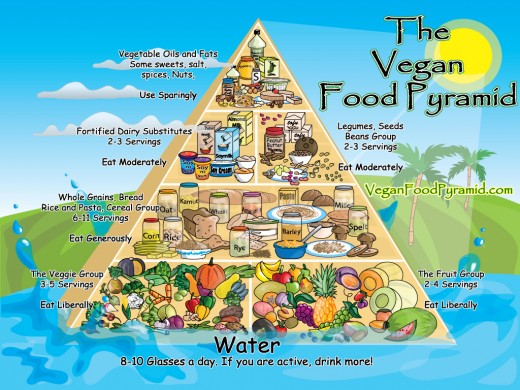
The Program to Successfully becoming Vegetarian
Do not under any circumstances (unless it is forced fait-du-complait) attempt to become vegetarian overnight. The sudden shock to your body, but in particular, to you mind, will doom the project to utter failure. The program must be a transitional and gradual process where one item after another is removed at a comfortable pace so that shock is minimized and success maximized. With due diligence and care, one should be able to eventually succeed in becoming a vegan, the height of vegetarian living.
There are a number of approaches to take, but one is to first remove beef and pork but allow yourself fish and chicken. Do this approach for the time required until you feel completely comfortable. When this stage is reached, the next thing to remove is chicken so that all you are eating by way of meat products is fish, dairy and eggs. When again you have reached your comfort zone, it is then time to cut out fish. This leaves dairy and eggs, making you what some call a lacto-ovo vegetarian. You are not eating meat per-say, but are relying on meat produced by products such as milk, butter, cream, cheese and of course eggs. Without the eggs, you would then be living on a diet similar to what East Indians eat. You would be living on vegetables, fruit, nuts, seeds, spices, fungi, legumes and milk. Most of India is vegetarian, so you would fit in very well, if you could include curry, dhal and other items if Indian cuisine in your diet. But East Indians are not the only vegetarians. Many Asians are also vegetarian, so you can include things like tofu, miso and various types of seaweed. The final item to remove, which is optional, is milk products for reasons that will be explained. The whole program from start to finish should take a couple of years. Younger people can adapt faster and that can be measured in less than a year in such cases. Recall, the program should never be forced, either for yourself of by imposing it on someone else who is unwilling to make the change.
Reaons to become vegetarian (This might be offensive to some meat eaters and not my intent)
You asked for it: You got it
- Five quick and easy salad recipes
- Favorite Vegan Recipe?
Favorite Vegan Recipe? in the HubPages Food and Cooking Forum - Vegan Recipe - How to Make a Chickpea & Pumpkin Curry
- Wild Mushrooms I Have Known
Works on vegetarianism


